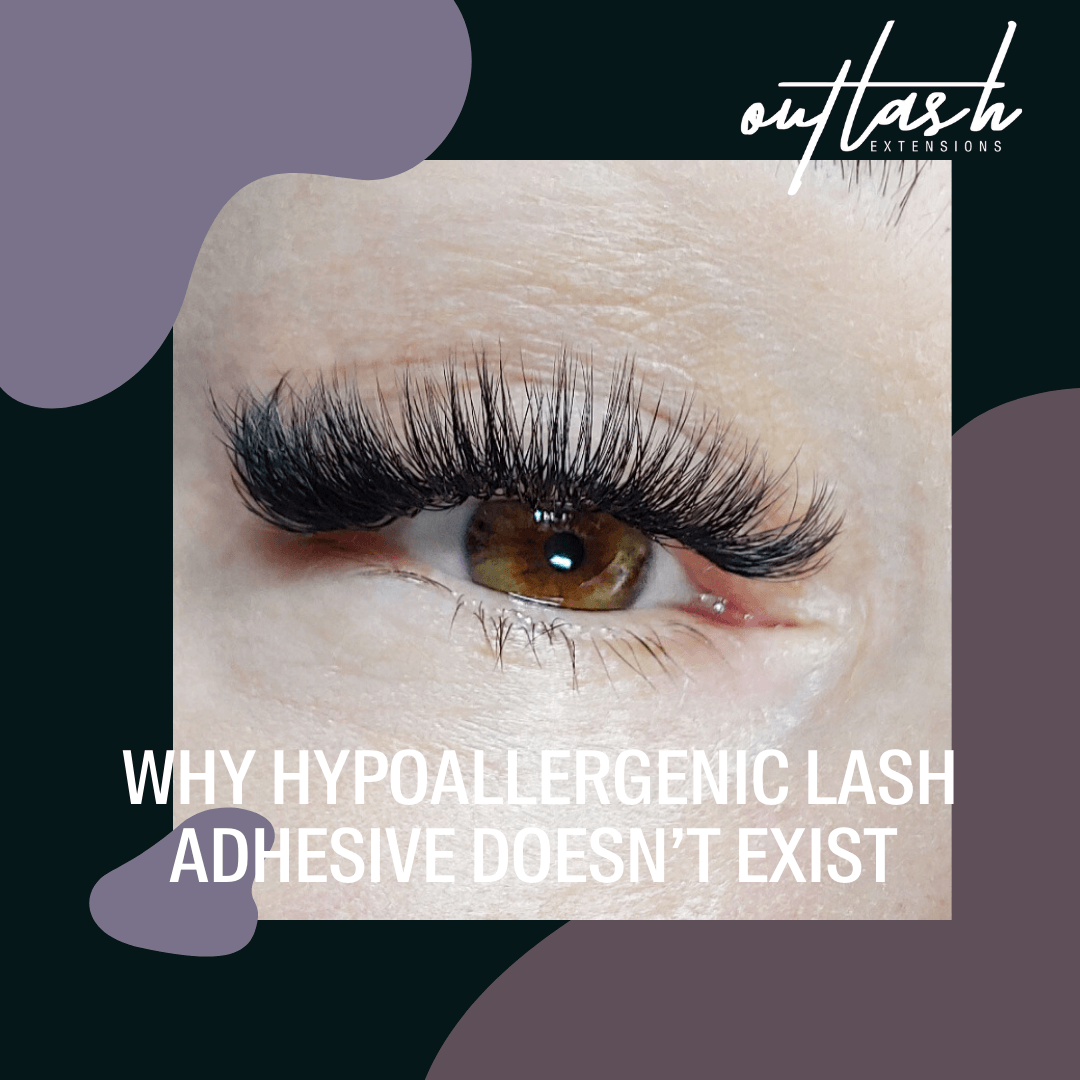
Part Three: Why Hypoallergenic Lash Adhesive Doesn’t Exist
It’s unfortunate when you develop an allergy to eyelash extensions but it can happen even if you have been wearing lash extensions for years. You’ve seen the same lash artist forever, and you've never had a reaction to prior applications. But all of a sudden (it seems), you have an itchy lash line, a bit of a red rash around your one eye, even a few small, itchy bumps or your eye has swelled up. If you really think about it, maybe you recall this happening a few times in the past, but the symptoms were no big deal and would go away on their own. Now the itching and redness is coming on faster after getting your lash fill and it lasts longer than it previously used to. Sound familiar? This is allergic contact dermatitis and while it appears to develop rather suddenly however, that's not the case. The inflammatory response that leads to these reactions is a complex series of events within your immune system that develops over time.
In the study of immunology, the most commonly used classification system of immune reactions recognizes four types of hypersensitivity reactions. When it comes to allergic contact dermatitis, we are concerned with Type IV Hypersensitivity Reactions. Generally, our immune system produces substances known as antibodies. Antibodies are designed to protect our body from possible damage caused by microbial and foreign agents (cue lash adhesive). When your body is first exposed to a foreign substance, you become sensitized – you develop a sensitivity to it, in the hope that your body will recognize the substance again in the future. With allergic contact dermatitis the immune response actually causes damage to your skin.
Once an allergic response is elicited, the intensity of symptoms then varies based on a few factors:
- The person’s level of sensitivity to the allergen
- The concentration of allergen absorbed by the skin
- Duration of exposure to the allergen
What's the solution? I want to continue wearing lash extensions!
To date, there hasn’t been a solution other than to remove your lashes and hopefully try again at a later time with a different lash artist, and adhesive in hopes that your client doesn't have another reaction.
However, as we've learned in Part One, most adhesives contain up to (if not more than) 90 weight percent cyanoacrylate and unless a client gets an allergy test done with all the ingredients listed on the back of the adhesive you plan on using it is hard to determine what is causing the reaction.
Most likely, we believe that the allergy is linked to cyanoacrylate or the carbon black ingredient. Cyanoacrylate is the base ingredient that is found in all lash adhesives. It is the key ingredient that solidifies when curing. This is what creates a bond between the natural lash and extension. Thus, it can not be left out of the composition of the adhesive. The carbon black ingredient is what gives most adhesives its black colour. If the reaction is an allergy, the symptoms they are experiencing will not subside until the adhesive is removed from the lash line.
And while there is no hypoallergenic adhesive our No Show Clear Set Adhesive is a great option as it contains less cyanoacrylate and zero carbon black.
Note: that using our Clear Set Adhesive does not guarantee the prevention of an allergic reaction from occurring. Formal testing must be done to find the root of the allergy. Never tell your clients to take over the counter drugs as this may hold you accountable in legal proceedings.
